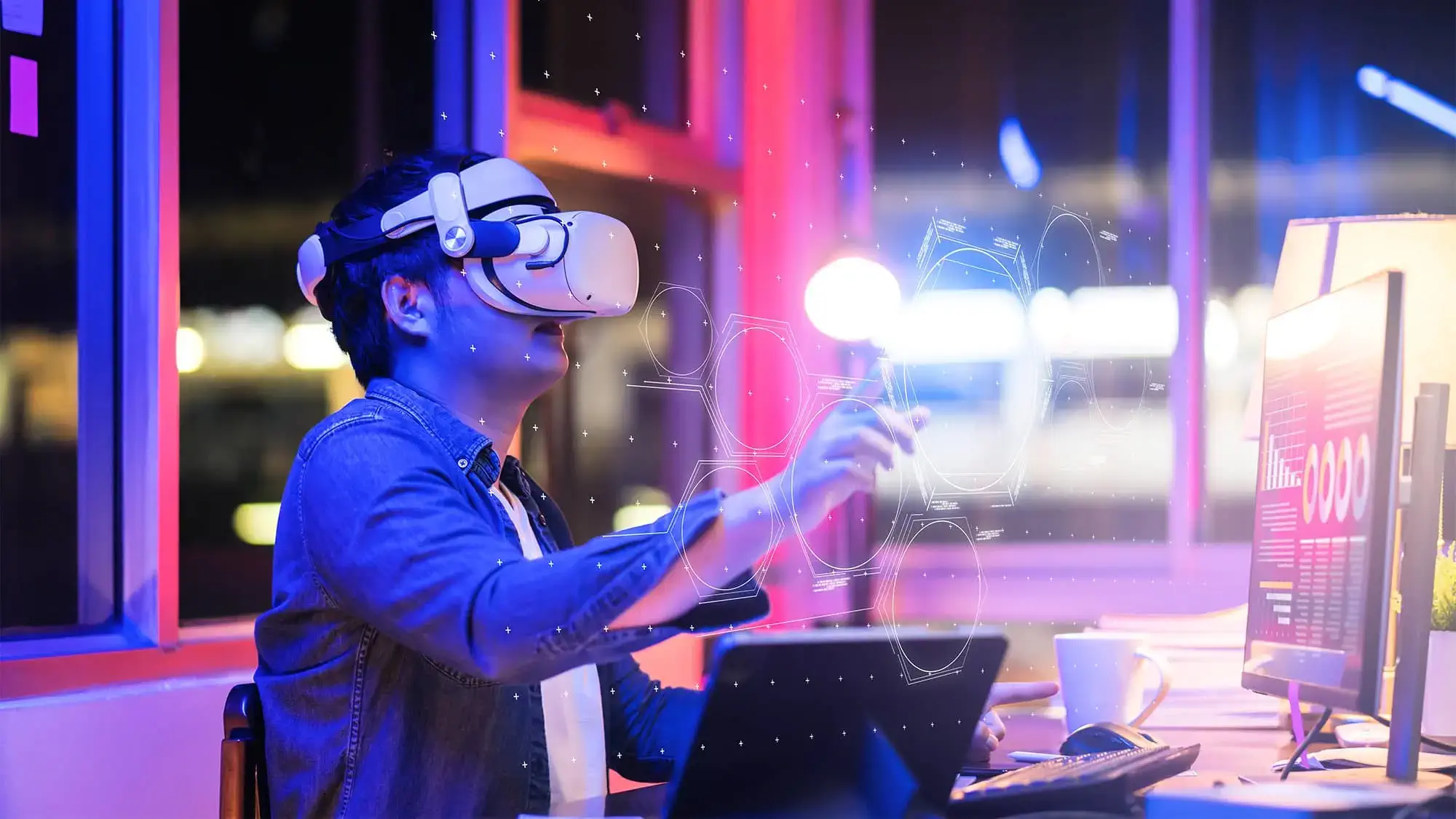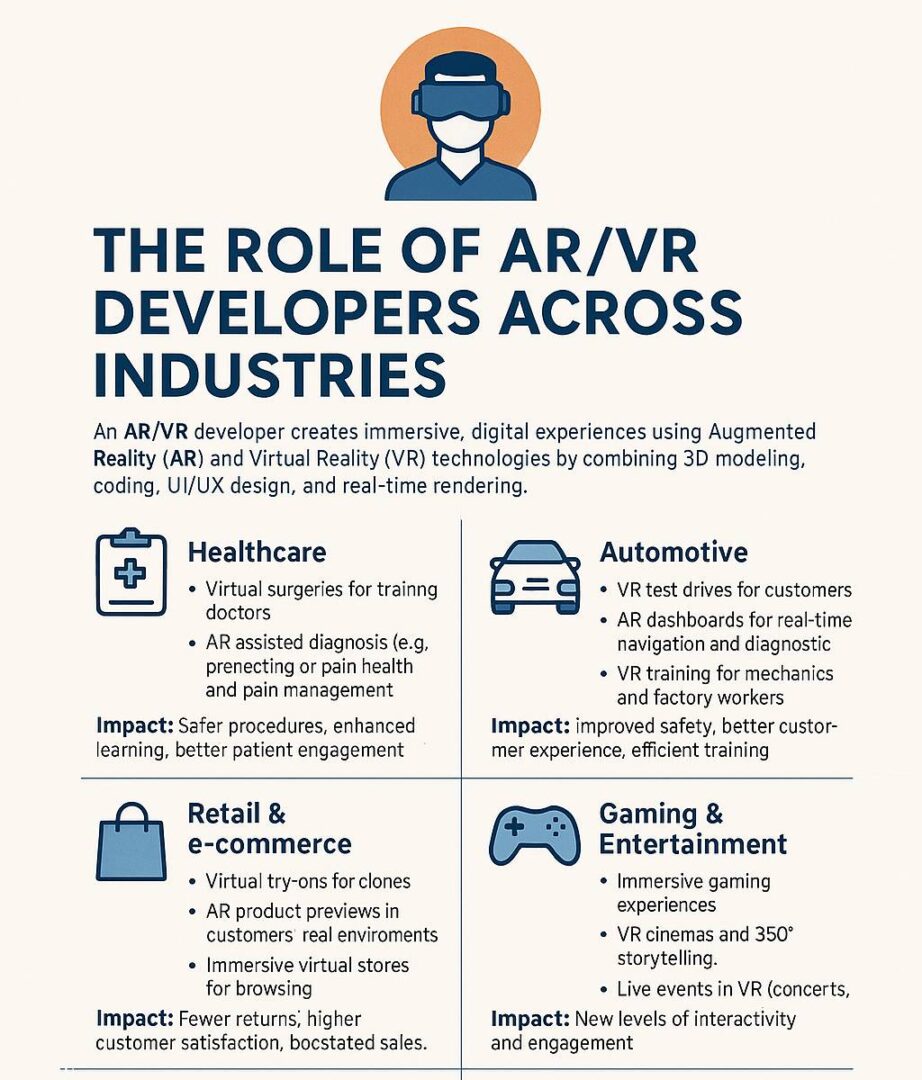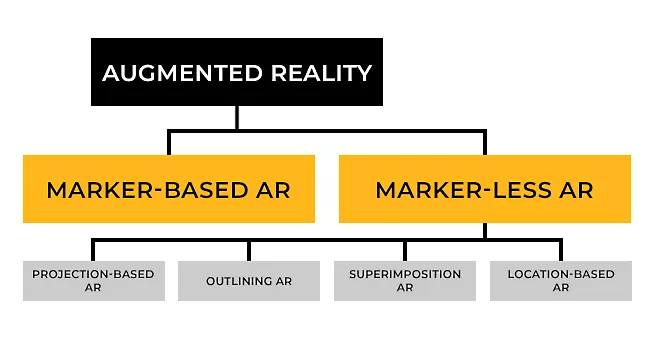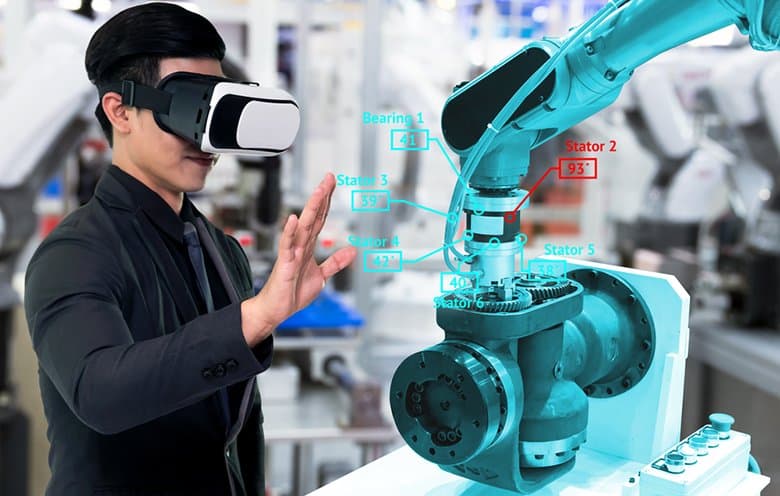Analysts predict the VR in education market will experience rapid growth since Mordor Intelligence projects a $24.7 billion value for 2024 to reach about $31.3 billion by 2025 and Fortune Business Insights reports it could exceed $65 billion by 2032. VR sector growth explodes due to substantial vocational needs in this space. Data from CIO Dive shows AR/VR engineer job advertisements jumped by 1,400% throughout 2019 while VR’s emergence into all market sectors became a major news outlet topic owing to the field’s rapid expansion.
Virtual reality has become so popular that every student including beginners is joining the trend. The process of mastering virtual reality expertise consists of clear steps starting from beginner training and progressing through advanced levels of instruction.
1. Beginner VR Courses
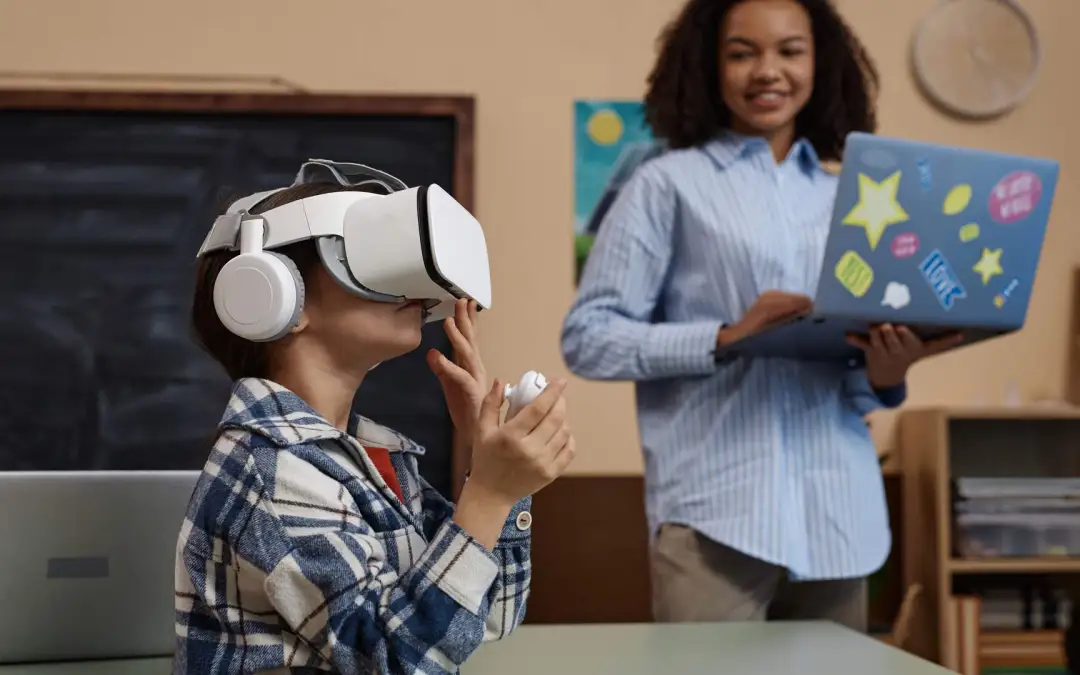
People starting virtual reality training experience hands-on enjoyment at the beginning. Beginners should begin their experience with consumer headsets including the Oculus Quest 2 according to courses. Users experience a three-dimensional environment firsthand rather than reading about VR by stepping directly into virtually simulated spaces which feel similar to video gaming.
New learners study VR fundamentals through instruction about tools and 3D graphics principles and hardware systems. Popular beginner courses include:
Introduction to Virtual Reality (Coursera, University of London) — The course delivers content about VR historical development together with its important hardware elements and basic knowledge of presence and immersion concepts. This course provides an exceptional start for absolute beginners because it explains VR core concepts through direct practice sessions in Unity game engine.
VR and 360 Video Production (Coursera, Google AR/VR) — This course provides step-by-step guidance for producing 360° videos through techniques about storytelling and methods for filming along with instructions on editing tools. This program serves makers of content and video personnel who aim to build their expertise in immersive media practices.
Extended Reality for Everybody (Coursera, University of Michigan) — This program delivers complete immersion into AR, VR and mixed reality knowledge as it targets professionals wishing to grasp the future development of immersive technologies across healthcare, education and entertainment sectors.
The Complete Unity VR Developer Course (Udemy) — Learn how to import and set up assets for 3D VR game development and get started with building immersive VR experiences. This course guides you through designing and implementing dynamic, responsive user interfaces, creating intelligent characters that make reasoned decisions, and handling complex animation systems. You’ll also unlock the full potential of the physics engine to create realistic and interactive virtual environments.
These beginner courses gently guide you through concepts and usually include practical projects. Many are free to audit, so new learners can experiment risk-free.
2. Intermediate VR Courses
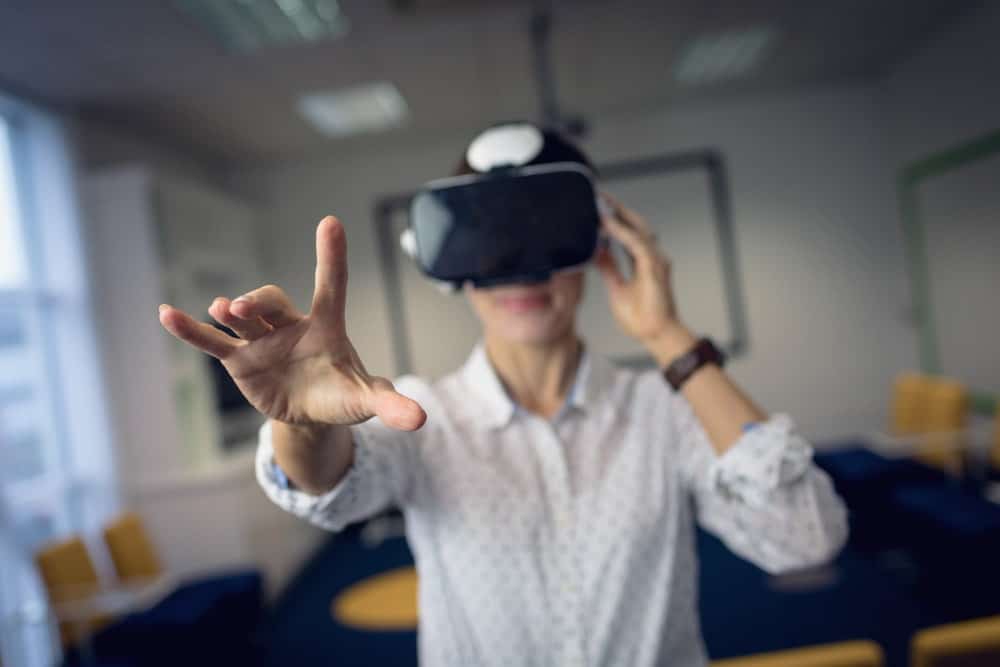
The next step after learning essential concepts delivers instruction for making VR content. The learning experience matches riding a bicycle in residential areas following the successful completion of balance during pedal training.
The curriculum of intermediate VR classes involves instructing students about 3D modeling as well as game engine usage through Unity or Unreal and interactive design practices. Recommended intermediate options include:
3D Models for Virtual Reality (Coursera, University of London) — This course focuses on the creation of assets to teach you about VR optimization principles. As an essential element in VR performance enhancement you will study the implementation of texture maps and lighting effects with low-polygon model construction.
Professional Certificate: AR/VR & 3D Graphics (NYU Tandon School of Engineering) — A certificate program provides detailed instruction about rendering pipelines and shaders as well as advanced Unity/Unreal techniques and skills at a paid membership cost. The course delivers its best value to individuals aiming for professional positions within AR/VR industries.
Unreal Engine VR Development Fundamentals (Udemy) — Educate individuals about Unreal Engine from fundamentals while intensifying teaching of the Blueprints visual scripting procedure. This tool enables vr environment development using high-fidelity visuals through user-friendly scripting interfaces which eliminates a deep coding requirement.
Unity VR (No Coding) (Udemy) — Designed specifically for designer use the course demonstrates how to build VR applications through Unity XR Interaction Toolkit frameworks which enables VR scene design without programming skills.
At this level, The VR “sandbox” expands, combining skills like programming, 3D asset creation, and user interaction into full VR projects.
3. Advanced VR Courses

Advanced VR courses are for those ready to lead projects or innovate — becoming the architect, not just the builder.
Typical advanced offerings include:
Virtual Reality Specialization (Coursera, University of London) — The series leads students through interconnected courses before they complete their own practical implementation by developing interactive VR systems. The curriculum consists of advanced interaction model instruction as well as VR ethics and deployment method training followed by a capstone implementation of your interactive virtual reality environment.
Game Development Specializations (Coursera/Udacity) — ATE programs concentrate on game development but offer training about VR gaming principles which include physics together with multiplayer interactions and dynamic storytelling. The specialization provides excellent opportunities for VR fans to merge their gaming skills with immersive technology work.
Advanced VR Development Master Classes – XR Bootcamp – Elevate your VR development skills by learning from industry experts and building complex, industry-ready projects. This course covers advanced topics such as multiplayer VR, AI-driven interactions, and performance optimization. Ideal for professionals aiming to become leading VR developers.
At this point, courses become professional-level projects and portfolios. You move from basic interaction to developing commercial apps, simulations, or research projects.
Conclusion
Virtual reality education spans a wide spectrum — from casual beginners to serious developers.
Beginner courses give you your first taste (VR “training wheels”).
Intermediate courses help you build your own experiences.
Advanced tracks prepare you for professional contributions.
The method of learning with virtual reality functions through small beginning blocks that grow into mastery of tools for handling bigger virtual work. You can start your first virtual learning experience through free audition access at Coursera and edX that offers a wide range of courses. As you progress you may want to transition into paid certificates along with full specializations.
VR training at TwinReality achieves improved learning results that have led the company to adopt this approach. Begin your VR skill acquisition by learning one or multiple courses that match your experience level and build your skills progressively. The growing nature of this field presents the right time for anyone to begin their virtual development journey by using virtual reality tutorials. Get a headset and begin molding future experiences.






